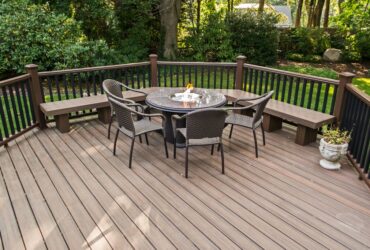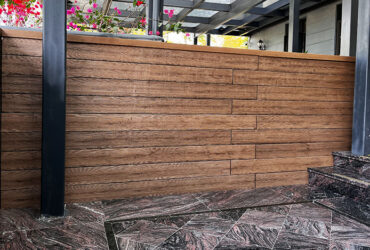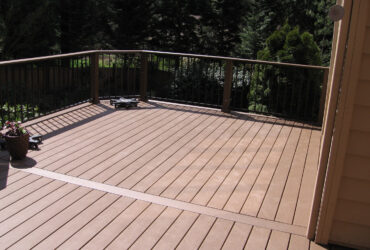Wide-width Plastic Board Manufacturing Technology
In the field of building decoration, a large number of panels are often used, such as floors, wall panels, etc. According to actual needs, the panels produced often have different specifications.For example, most of the boards used for flooring are relatively slender strip boards, while most wall panels are plate structures with a small length-to-width ratio and a large area.In recent years, with the development of the plastic wood industry, people are increasingly using plastic wood materials to prepare boards because plastic wood boards are lightweight, environmentally friendly, and weather-resistant compared to traditional metal boards and wooden boards.For example, the wide-width plastic wood foamed PVC board composition uses PVC resin and wood powder as the main base materials, and adds various additives such as foaming agents to prepare wide-width foamed boards;PE plastic wood flooring uses PE resin and wood powder as the main base materials for floor production and manufacturing. However, when producing boards with a small length-to-width ratio and a large area, that is, wide boards, plastic wood materials as raw materials will encounter some special problems. During the production process, the problem of uneven board surfaces is always encountered, and this phenomenon is particularly obvious when manufacturing wide-width boards from plastic wood materials.
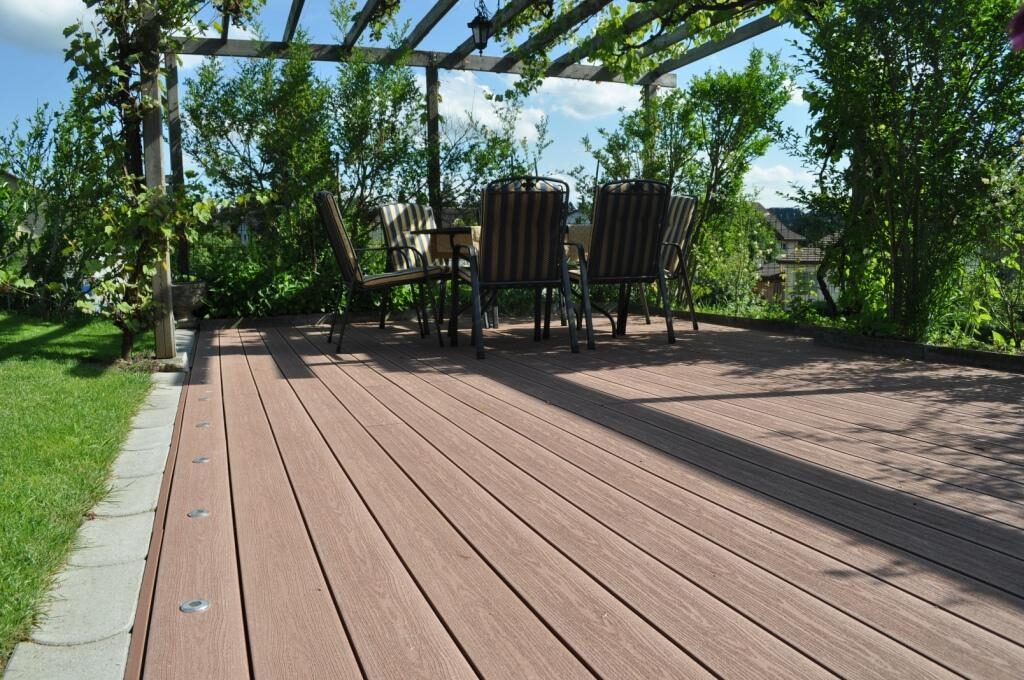
In order to solve the above problems, an invention provides a wide-width plastic wood base material board. The base material board uses a method of adding high thermal conductivity materials to enhance the overall thermal conductivity of the base material board.The thermal conductivity of the wood-plastic material added with a large amount of low thermal conductivity plant fiber powder returns to a value similar to that of polyolefin.This avoids the phenomenon of large internal stress and unequal surface of the board when producing wide-width boards, and improves the quality and yield of wide-width plastic boards. In order to achieve the above objectives, the following technical solutions were invented:
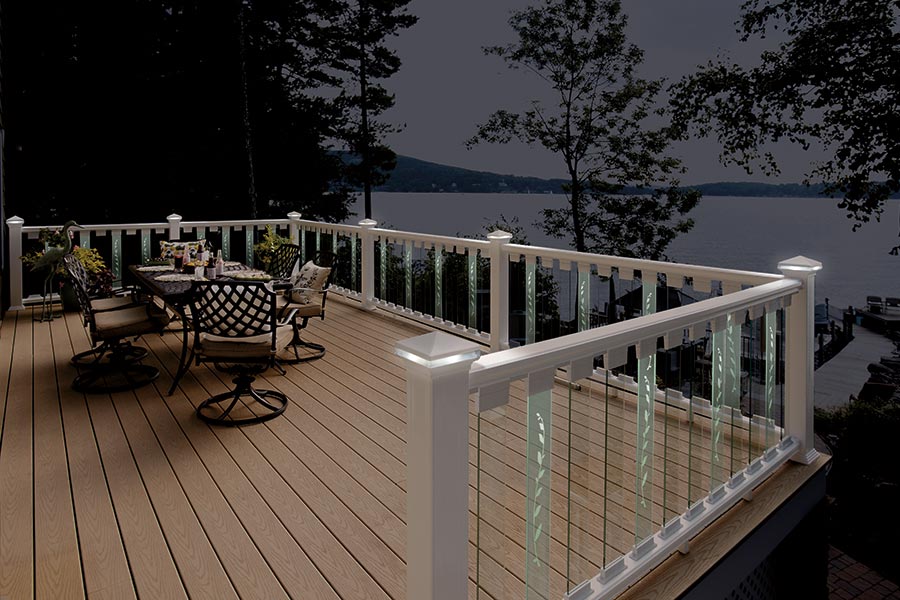
The composition of the wide-width plastic wood base material board includes the following components by mass: 20 to 30 parts by mass of polyolefin resin, 30 to 50 parts of plant fiber powder, 20 to 30 parts of high thermal conductivity filler, and several processing aids; the high thermal conductivity filler is The thermal conductivity is not less than 15W/(m*K); processing aids include one or more coupling agents, lubricants, and antioxidants.Wide-width boards usually refer to boards with a board width of more than 0.5m. The span between its two sides is large. If the thermal conductivity of the board material is poor, there will be a more significant gap between the center part and the side parts. The cumulative cooling rate difference. The side parts are easier to cool, while the center part cools more slowly, resulting in greater thermal stress inside the plate during the forming process. Eventually, the surface of the board will be uneven or even warped. In the field of plastic wood flooring, the thermal conductivity of commonly used wood powder is only 0.14~0.17W/(m*K), which is significantly different from the thermal conductivity of polyolefin resin commonly used in the field of plastic wood flooring. Taking polyethylene as an example, its thermal conductivity The coefficient is 0.42W/(m*K). Since most wood-plastic products contain more than 40% wood powder, and the mixing uniformity of wood powder and polyolefin resin is not good enough, from a microscopic perspective, wood powder forms a large number of small particles basically composed of wood powder in the resin. And it is diffusely distributed. Therefore, when a large amount of wood powder is added to polyolefin, its thermal conductivity will drop significantly, and the thermal conductivity of different parts of the board will be greatly different, which will lead to great unevenness in the heat dissipation of the plastic board; and on the side The edge parts are easy to cool, while the center part cools slowly, resulting in uneven surface of the sheet during molding.
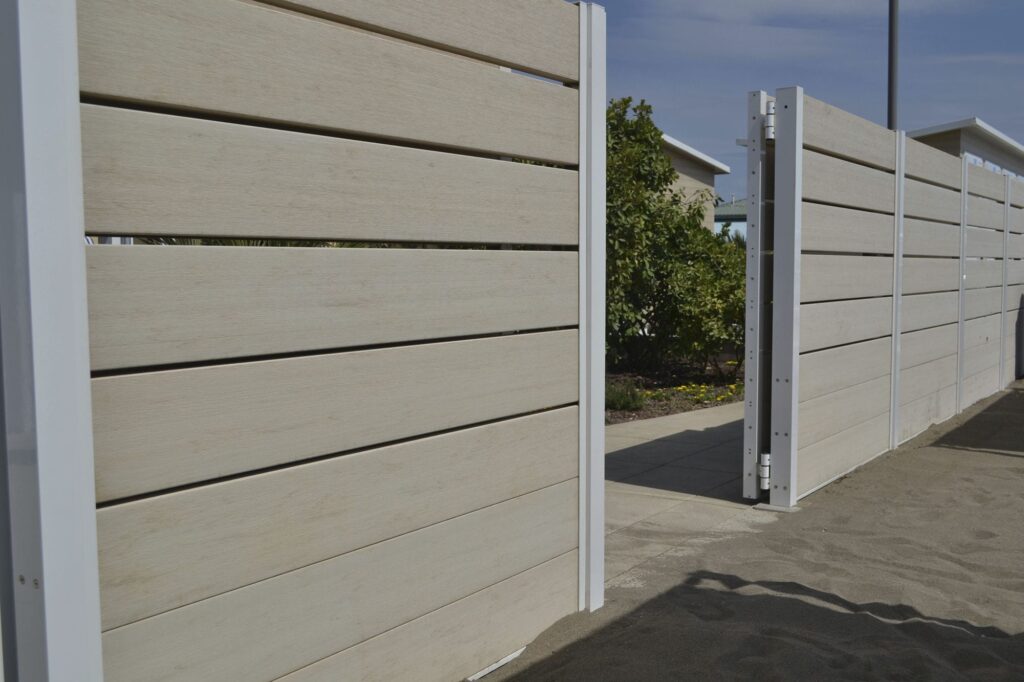
The new technology solves the above problems by adding thermal conductive agent inside the board and controlling its dosage and usage to form a thermal conductive network, which significantly improves the heat conduction and heat dissipation capabilities of the board. In the technical solution, polyolefin resin refers to a polymer material obtained by polymerizing olefins and their derivatives as monomers. The monomers of polyolefin resin can be selected from olefin compounds such as ethylene, propylene, and vinyl chloride. They can also be used Polymer materials are obtained by copolymerizing a variety of monomers, such as ethylene-propylene rubber obtained by copolymerizing ethylene and propylene. Due to the low cost of polyethylene and the simple production process, the present invention preferably uses high-density polyethylene as the raw material for preparing wide-width boards. Preferably, polyethylene recycled material can be used as the raw material for preparing wide-width boards. Here, polyethylene recycled material is used as the raw material for preparation. You can use a single polyethylene recycled material as the plastic component of the plastic wood base board, or you can mix the polyethylene recycled material with polyethylene new material or other polyolefin resin as the plastic wood. The plastic component of the base board.

